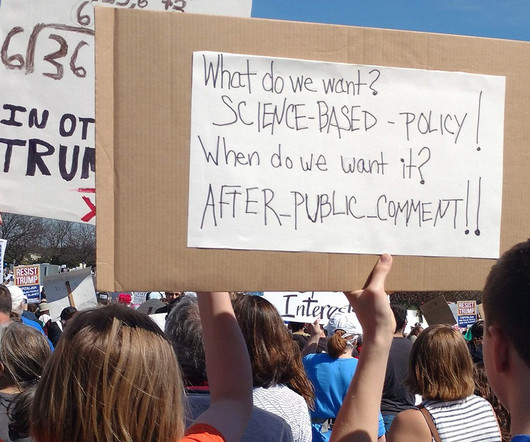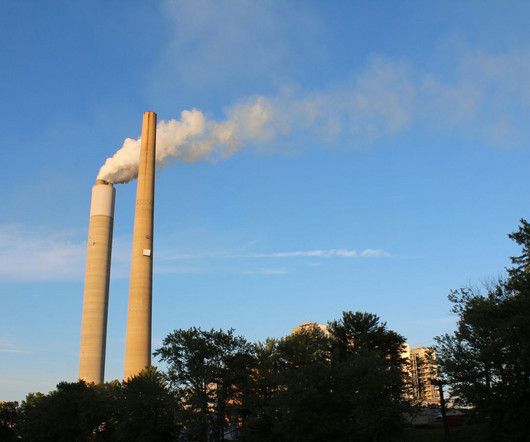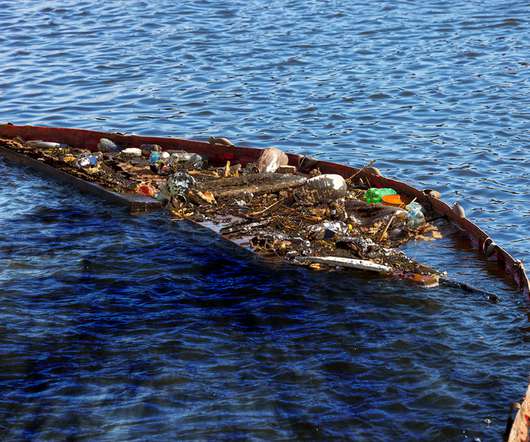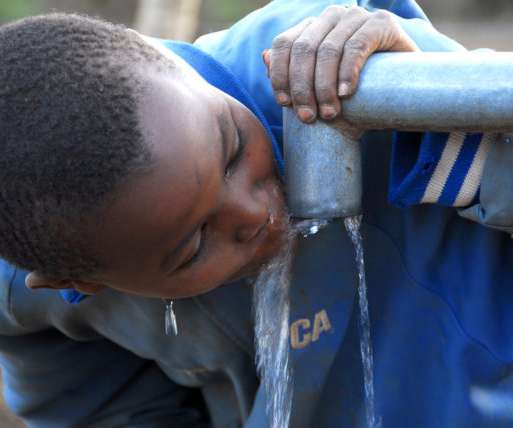Supreme Court Sidelines Science, Threatens Public Health: These Rules-in-Progress Show What’s at Stake
Union of Concerned Scientists
JULY 9, 2024
To explore a small piece of what is at stake, let’s take a quick look at some of the rules currently under review at the EPA: Air emission reporting requirements If finalized and implemented, this rule will improve the way air pollution emissions are estimated and collected by the EPA.











Let's personalize your content